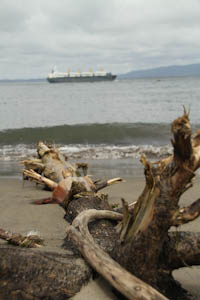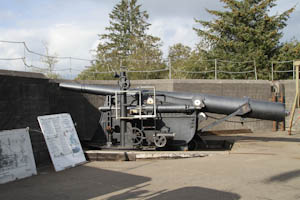Online Magazine
Recent Posts
- Safeguard your Cellphone Photos
- Black & White to Color – Instantly
- Wearing Many Hats
- Video Roundup
- Rescuing Your Blurry Pictures
- Showing Their Age
- What is Your Angle?
- Panorama Photos
- Humorous Photos
- Close Ups
- Fisheye Pictures
- Photo Antiquities
- Printing Big
- Appreciating Scale
- Celebrity Sightings
Tags
More Places to Go
- Free "How-To" Books “How To” books for popular cameras 0
- Vist Us on Facebook keep in touch with us on Facebook 2
Archives
- July 2023 (1)
- March 2023 (2)
- February 2023 (1)
- December 2022 (1)
- October 2022 (1)
- September 2022 (8)
- August 2022 (9)
- July 2022 (1)
- June 2022 (1)
- June 2021 (1)
- May 2021 (1)
- March 2021 (5)
- February 2021 (4)
- January 2021 (2)
- April 2019 (1)
- March 2019 (1)
- February 2019 (1)
- October 2018 (2)
- April 2018 (1)
- March 2018 (4)
- February 2018 (1)
- November 2017 (1)
- August 2017 (1)
- June 2017 (1)
- April 2017 (1)
- March 2017 (5)
- February 2017 (2)
- January 2017 (1)
- October 2016 (1)
- September 2016 (1)
- August 2016 (1)
- July 2016 (1)
- May 2016 (1)
- April 2016 (1)
- March 2016 (2)
- February 2016 (1)
- January 2016 (2)
- December 2015 (1)
- November 2015 (1)
- October 2015 (3)
- April 2015 (1)
- March 2015 (5)
- February 2015 (1)
- January 2015 (4)
- December 2014 (2)
- November 2014 (5)
- October 2014 (2)
- September 2014 (1)
- August 2014 (2)
- July 2014 (1)
- May 2014 (1)
- April 2014 (5)
- March 2014 (5)
- December 2013 (2)
- November 2013 (18)
- October 2013 (1)
- September 2013 (1)
- August 2013 (1)
- July 2013 (1)
- June 2013 (3)
- May 2013 (1)
- April 2013 (2)
- March 2013 (1)
- February 2013 (1)
- January 2013 (1)
- December 2012 (1)
- November 2012 (2)
- October 2012 (2)
- September 2012 (5)
- August 2012 (2)
- July 2012 (1)
- June 2012 (1)
- May 2012 (1)
- April 2012 (4)
- March 2012 (1)
- February 2012 (1)
- January 2012 (3)
- December 2011 (1)
- November 2011 (3)
- October 2011 (1)
- September 2011 (2)
- August 2011 (2)
- June 2011 (3)
- May 2011 (4)
- April 2011 (8)
- March 2011 (8)
- February 2011 (10)
- January 2011 (6)
- December 2010 (11)
- November 2010 (14)
- October 2010 (6)
- September 2010 (12)
- August 2010 (2)
- July 2010 (4)
- June 2010 (3)
- May 2010 (1)
- April 2010 (1)
- March 2010 (2)
- February 2010 (1)
- January 2010 (1)
- December 2009 (1)
- November 2009 (2)
- October 2009 (2)
- September 2009 (1)
- August 2009 (3)
- July 2009 (2)
- June 2009 (1)
- May 2009 (2)
- April 2009 (1)
- March 2009 (2)
- February 2009 (1)
- January 2009 (3)
Photos – from sea to shining sea
13th September 2010
Suddenly in early August, the summer turns busy for me.
My son Paul asks me to drive with him from our home in Grand Rapids to Orono, Maine to pick up a new vehicle (see below) to be returned to Michigan. This is a trip of 1000 miles each way through Canada and rural Maine. I agree to accompany him provided that I can enjoy a fresh Maine lobster and spend a few hours in Acadia National Park. Paul shakes on the “deal” and we’re off.
Our drive takes us through eastern Michigan, over the St Clair River Bridge into Canada, past London, Toronto and Montreal where we stop for a late lunch. Then eastward towards the Canada-USA border and finally south to Orono. After sixteen hours in the car, we arrive in Orono and settle down in the hotel for some sleep.
The next morning we are up early and conduct and conclude our vehicle purchase. By noon we point the car towards the resort town of Bar Harbor on the Atlantic Ocean and also the gateway to Acadia. Here’s where the lobster part of the “deal” is satisfied.
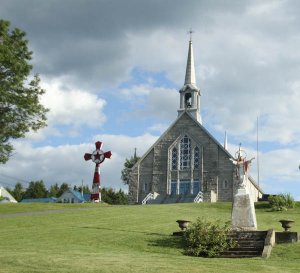 |
Acadia is largely situated on a few islands along the rugged Atlantic coastline. Visitors often spend weeks exploring the vastly different environments of the park. But now, I have only a few hours to satisfy my scenic cravings for this gorgeous part of the USA. To move this story along here’s the outcome:
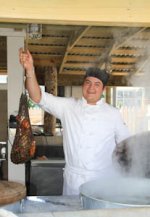 |
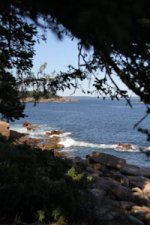 |
I stuff myself with lobster and stuff in a few hours of picture taking on the Atlantic.
Fast forward a few weeks (it’s still the busy month of August) and we’re visiting our daughter and grandkids in Oregon City, but only for a short 2 days. We decide to take a day trip over the coastal mountain range to Seaside and Ft Stevens on the Pacific Ocean. Again I am able to stuff a little more picturetaking into the visit.
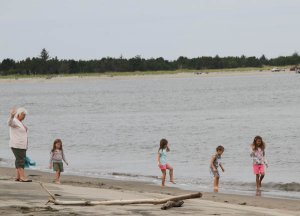 |
 |
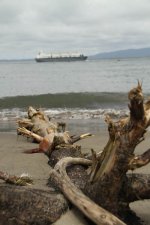 |
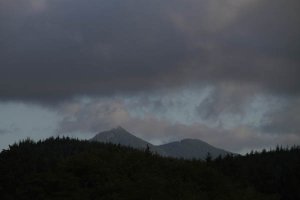 |
While the purpose for being on both coasts has nothing to do with photography, I am able to walk away with some fun and interesting shots. As is often the case when traveling, when you’re pressed for time, it is still possible to squeeze in those pictures. Travel is one of my passions, but I also enjoy recalling the pleasures of travel through photos.
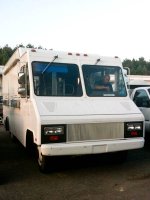 |
Reliving History in Photos
31st August 2010
Two weeks ago, my wife, myself and two grandchildren in tow, visited one of our daughters and her family in the Portland, Oregon area. With excellent weather, it was a great time and place to vacation. Oregon is an “outdoor” state and we were determined to enjoy its beautiful natural resources.
On one of our vacation days, we took a two hour drive across the coastal mountain range to experience the Pacific Ocean and Columbia River. Our destination was the northwest corner of Oregon where Woody, my father-in-law, had served during World War II.
Woody tells us that his assignment back then was to observe the Columbia River looking for Japanese submarines that might enter the river from the Pacific Ocean. His station was Ft Stevens Army Base. While this area is no longer an army base, there is a museum in Ft Stevens State Park in tribute to the men and women who served there.
In particular, I recall Woody telling us two of his memories of his service at Ft. Stevens: the 6″ guns and the great width of the river where it meets the Pacific Ocean.
So we were interested to see how Woody’s memory has held up over nearly 70 years since his service.
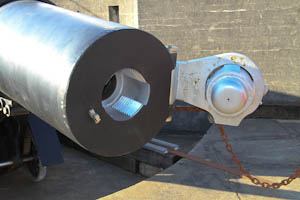 |
This is one of the guns that was used during World War II. The gun has a six inch diameter. |
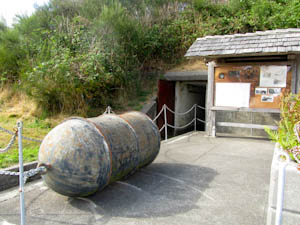 |
This is one of the mines that was used to protect the Columbia River from Japanese submarines. The mines were lined along critical areas near the entranceway to the estuary. |
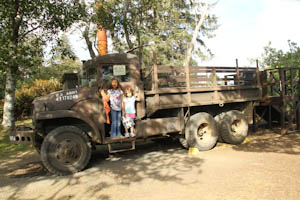 |
This is one of the many vehicles used during the 1940’s. |
We brought back dozens of photographs from our visit to Ft Stevens so that Woody could relive more of his memories from his service during World War II. This was a day well spent on our trip to Oregon.
By the way, although not very well known, Ft Stevens was the only place in the continental US to be bombarded by the enemy fire during World War II. In mid-1942, a Japanese submarine fired 17 shells at the fortification during the night. Luckily, no one was injured.
